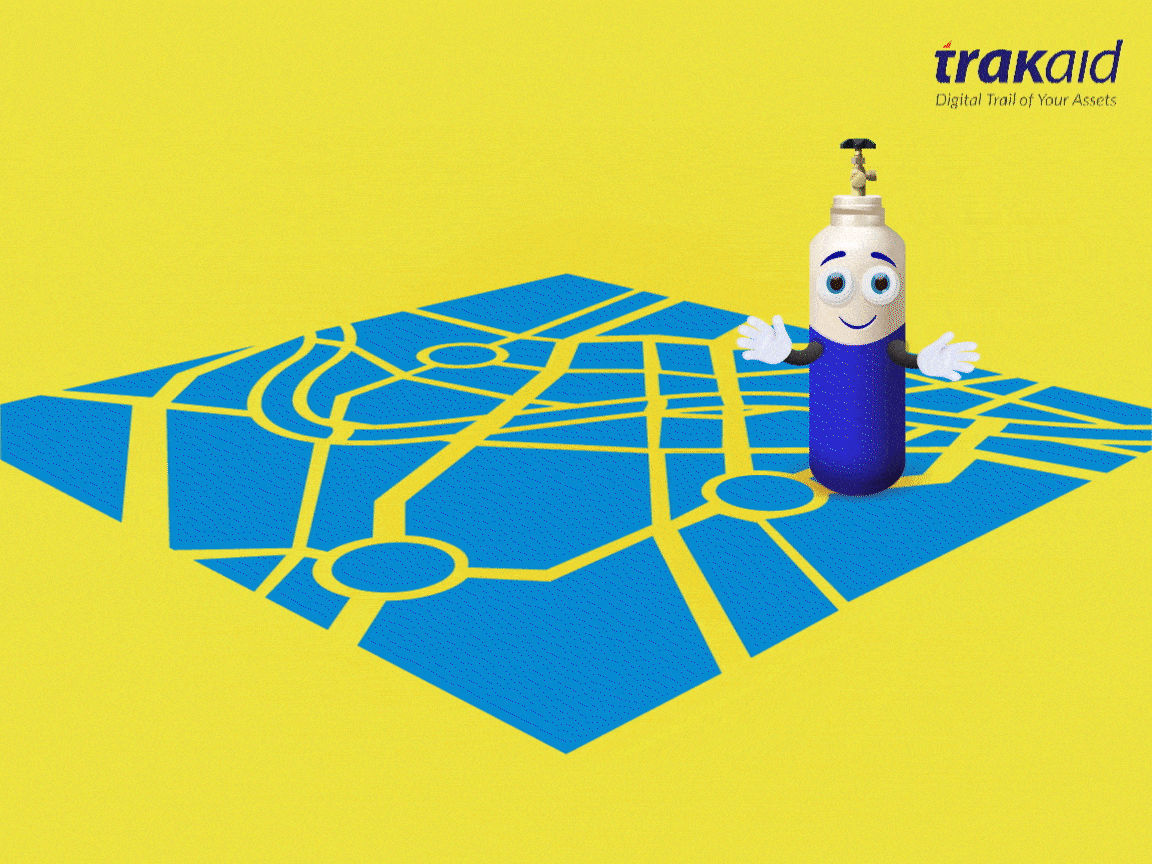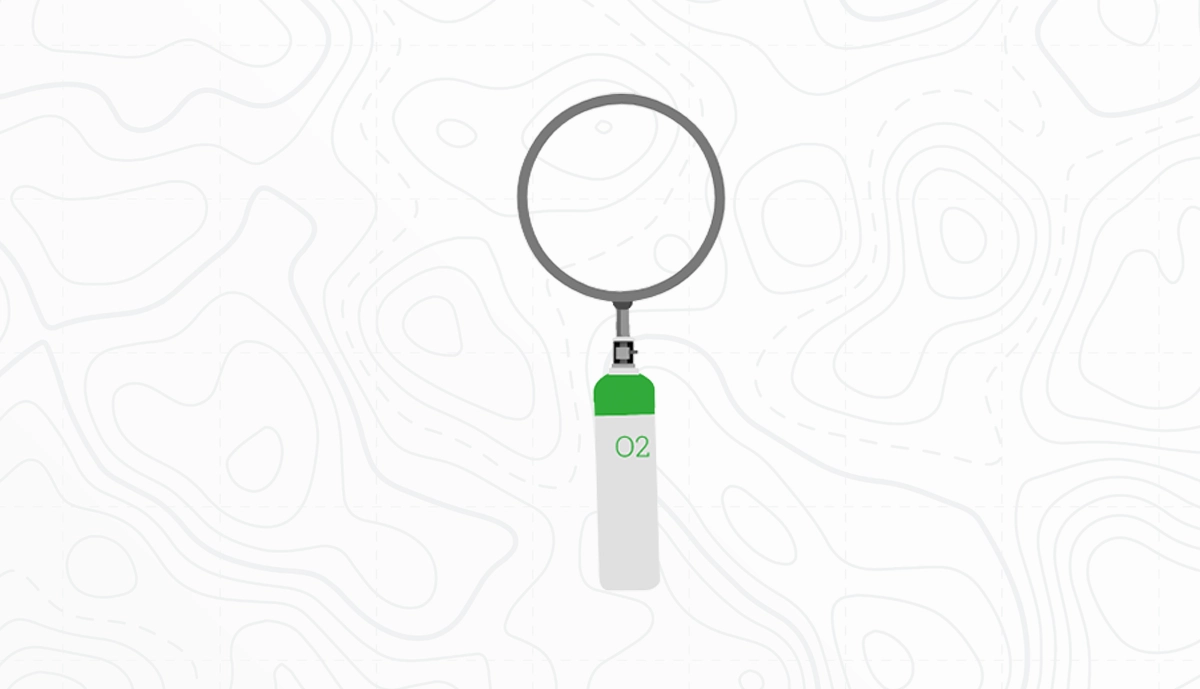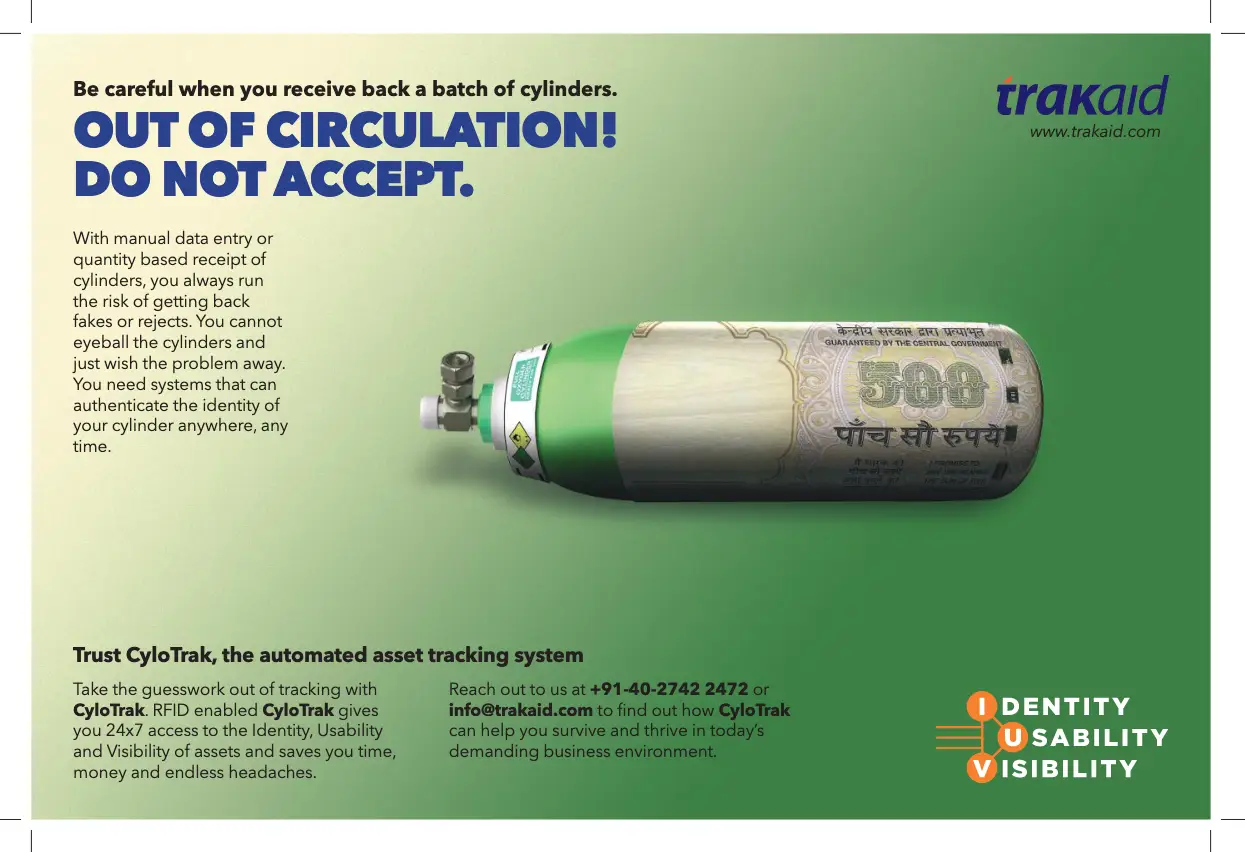In today’s fast-paced healthcare industry, the efficient management of critical assets, such as cylinders, plays a pivotal role in ensuring smooth operations and cost-effectiveness. The reliance on these assets emphasizes the need for digital asset-tracking solutions that provide real-time visibility and streamline asset management processes. This blog post will explore the importance of end-to-end digital transaction history, transparent asset visibility, and how Trakaid’s CYLOTRAK offers a cutting-edge digital asset tracking solution to meet the healthcare industry’s needs.
End-to-End Digital Transaction History:
One of the key challenges in managing cylinders is keeping track of their whereabouts and ensuring timely returns. With CYLOTRAK, Trakaid offers a comprehensive digital asset tracking system that enables businesses to monitor cylinders through their entire lifecycle. CYLOTRAK leverages advanced data acquisition technologies, including Bar Code, RFID, and Permanent Tamperproof QR Code, to automate data collection. This end-to-end digital transaction history provides valuable insights into each cylinder’s usage, movement, and status, ensuring complete transparency in the asset management process.
Transparent Asset Visibility:
Having transparent asset visibility is vital to making informed decisions and optimizing asset usage. CYLOTRAK empowers businesses with real-time location tracking, allowing them to pinpoint the exact location of each cylinder. This feature minimizes the risk of loss or misplacement of assets, saving businesses from unnecessary expenses. With CYLOTRAK, organizations can efficiently check for any outstanding cylinders, review when they were last issued, and identify overdue cylinders promptly. The transparent asset visibility ensures a proactive approach to cylinder management, reducing downtime and optimizing operational efficiency.
CYLOTRAK: Trakaid’s Digital Asset Tracking Solution:
Trakaid’s CYLOTRAK offers a game-changing digital asset-tracking solution tailored to the specific needs of the healthcare industry. This cloud-hosted platform provides individual cylinder control through a user-friendly interface, simplifying data capture and minimizing manual errors. The system’s AI technology goes above and beyond by automatically detecting when cylinders stop rotating, providing users with complete assurance and confidence in their assets’ reliability.
Benefits of CYLOTRAK:
- Eliminate Cylinder Loss: With real-time tracking and automated data acquisition, CYLOTRAK significantly reduces the risk of cylinder loss, eliminating the need for expensive replacements.
- Avoid Out-of-Certification Cylinders: CYLOTRAK’s end-to-end digital transaction history ensures that businesses can easily identify cylinders that are nearing their certification expiry. This proactive approach saves money by avoiding the use of out-of-certification cylinders.
- Optimize Asset Usage: Transparent asset visibility enables businesses to optimize cylinder usage, ensuring that cylinders are efficiently utilized across various locations and reducing unnecessary redundancy.
Conclusion:
Efficient cylinder management is crucial for cost reduction and smooth operations in the healthcare industry. Trakaid’s CYLOTRAK offers a powerful digital asset tracking solution that provides end-to-end digital transaction history, transparent asset visibility, and advanced AI technology for automated detection. By adopting CYLOTRAK, businesses can streamline their cylinder management processes, save costs, and gain a competitive edge. To revolutionize your asset tracking and management and schedule a free consultation, email support@trakaid.com today. Streamline your operations with CYLOTRAK and take your cylinder management to the next level. , visit Trakaid’s website.








